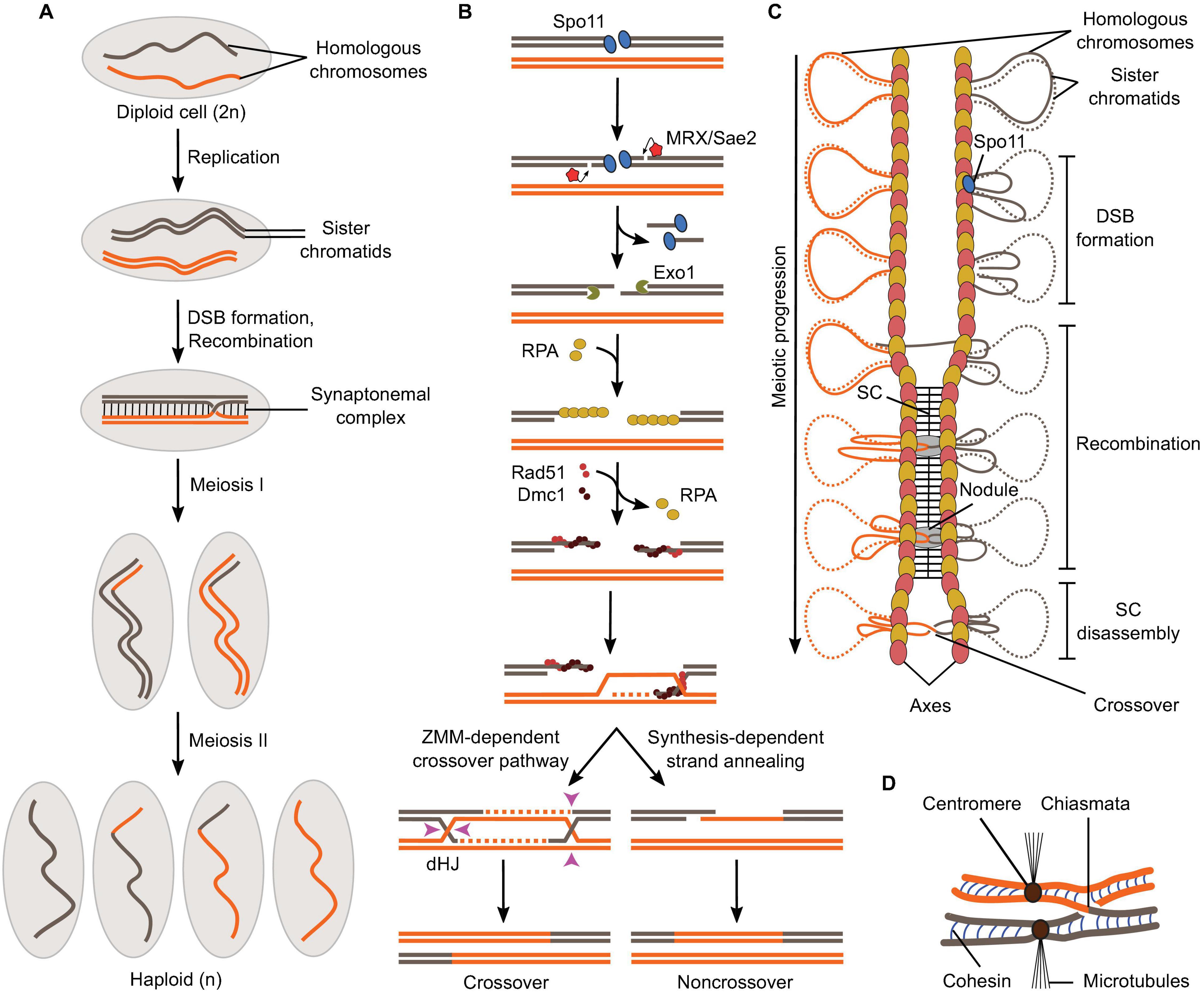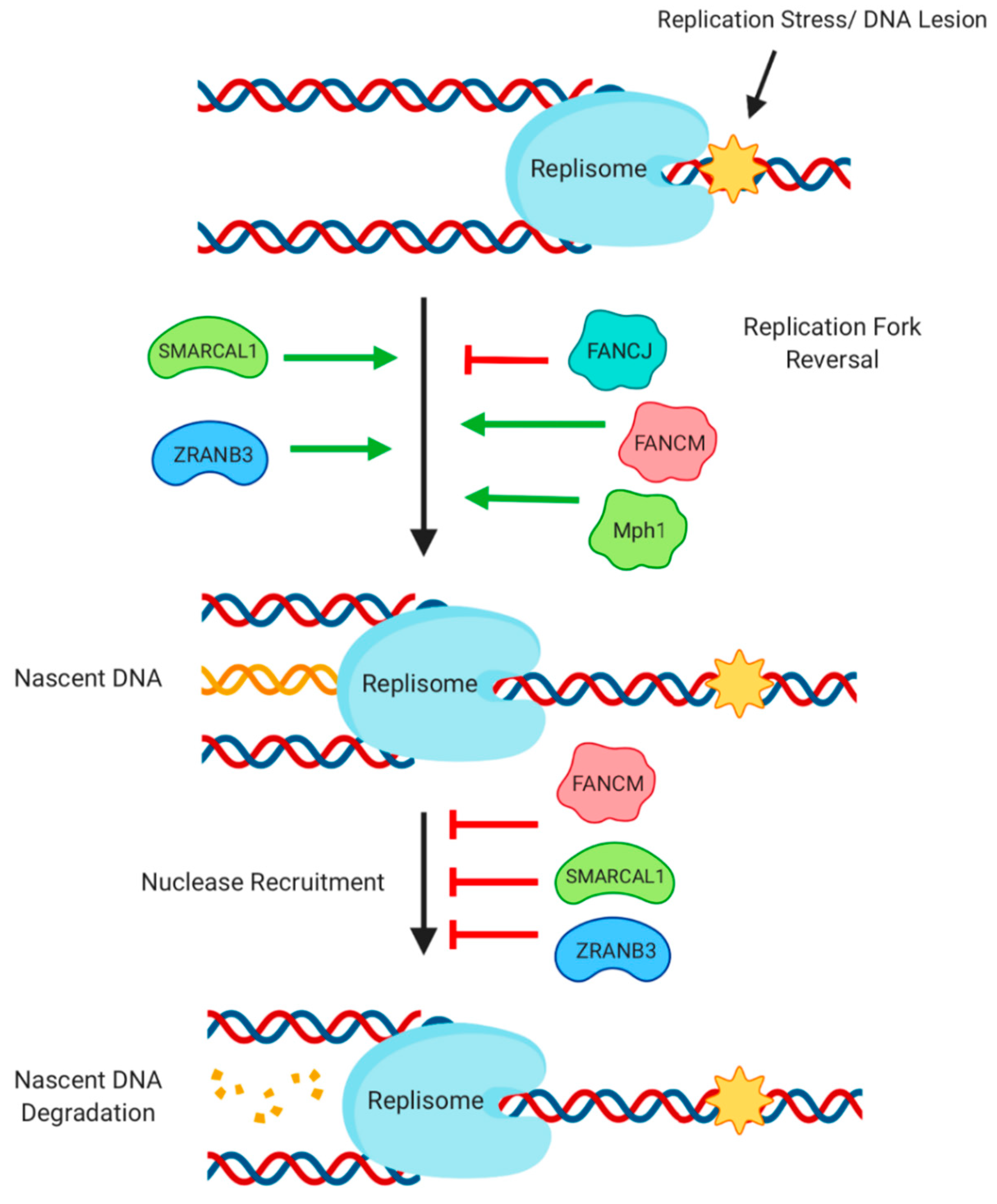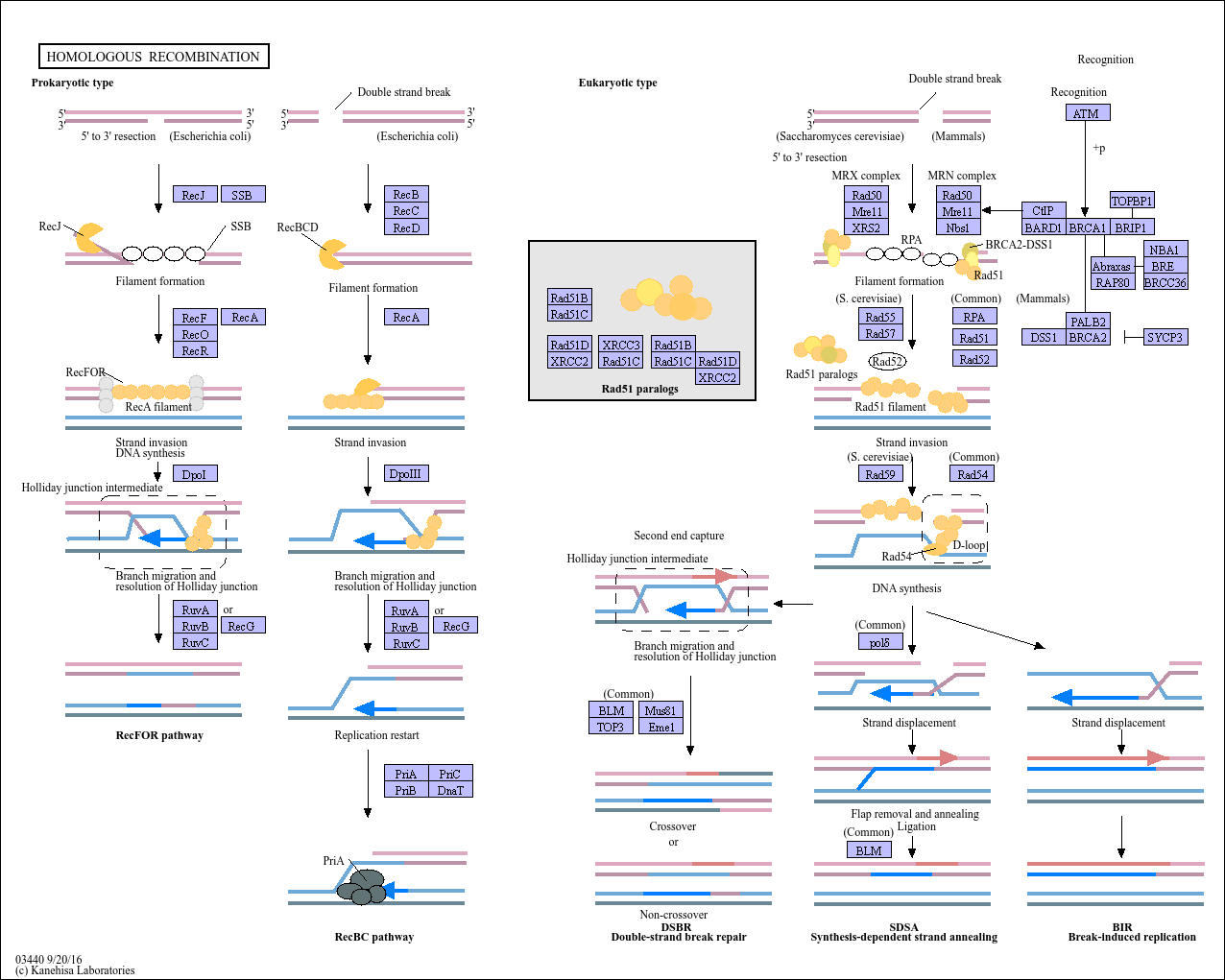Meiotic Recombination Biology Diagrams
Meiotic Recombination Biology Diagrams Homologous Recombination During Meiosis Download book PDF. Download book EPUB. Drew Thacker 3,4,6 & Scott Keeney 3,4,5 ; 3282 Accesses. 4 Citations. Abstract. In most sexually reproducing organisms, homologous recombination is a hallmark of meiotic cellular division. Central to this process is the formation and repair of developmentally Recombination is an integral part of the pairing of homologous chromosomes. It occurs between non-sister chromatids during the pachytene stage of meiosis I (the first stage of meiosis) and possibly before, when the homologous chromosomes are aligned in zygotene (Figure 8.3). The crossovers of recombination are visible in the diplotene phase.

Figure 1. During meiosis, homologous recombination can produce new combinations of genes as shown here between similar but not identical copies of human chromosome 1.. Homologous recombination is a type of genetic recombination in which genetic information is exchanged between two similar or identical molecules of double-stranded or single-stranded nucleic acids (usually DNA as in cellular At the DNA level, meiotic recombination can be divided in four successive stages (Fig. 1 B): (1) initiation, which consists in the formation of programmed DNA DSBs; (2) DSB processing, which yields the recombinogenic single-strand tails; (3) homologous DSB repair, which involves the homologous recombination pathway and several meiosis-specific

Recombination, Pairing, and Synapsis of Homologs during Meiosis Biology Diagrams
homologous recombination, the exchange of genetic material between two strands of DNA that contain long stretches of similar base sequences. Homologous recombination occurs naturally in eukaryotic organisms, bacteria, and certain viruses and is a powerful tool in genetic engineering.In eukaryotes, homologous recombination occurs during meiosis, playing a critical role in the repair of double Homologous recombination is a type of genetic recombination in which nucleotide sequences are exchanged between two similar or identical molecules of DNA. During the formation of egg and sperm cells (meiosis), paired chromosomes from the male and female parents align so that similar DNA sequences can cross over, or be exchanged, from one General features of meiosis. (A) At meiosis I, homologs segregate; at meiosis II, sisters segregate.At metaphase I (left), maternal (red) and paternal (black) chromosomes are held together by a chiasma comprising a reciprocal crossover (CO) plus connections along sister arms, which are released during segregation.(B) Monochiasmate bivalent of Locusta after bromodeoxyuridine (BrdU) incorporation.

Homologous recombination during meiosis underlies biological diversity and ensures proper chromosome segregation during the first division to create haploid gametes. During meiotic prophase-I, chromosomes develop highly organized three-dimensional structures where loops of chromatin emanate from structural axes that also interconnect sister In most cases, recombination is preceded by the formation of recombination nodules, which are protein complexes that form at potential points for recombination. The best studied mechanism for meiotic recombination involves a double-stranded break of one of the chromosomes initiated by the meiosis-specific endonuclease, Spo11.
